It seemed like we had barely arrived in Lima when we were already on our way back to the airport. It had only been about 48 hours since we arrived but we were already hopping on a plane to head to the southern edge of the county to visit Lake Titicaca. The early Tuesday drive through Lima was quick--it was before "rush hour" so it made for a less hectic drive. We got our tickets, checked our bags, then promptly found breakfast at none other than Dunkin Donuts. Even in Peru touches of America were difficult to avoid. The flight left on time and soon we emerged above the cloud cover heading southeast over the Andes. The mountains simply put are impressive. Growing up in Utah I always felt lucky to be buttressed up against 10 and 11,000' peaks visible from my parents yard. But the Andes dwarfed our mountains--peaks reaching over 20,000' in elevation with year round snow gracing their tips. Away from the coast the interior of the country was cloudless making for wonderful views as we flew. The flight seemed to go by quickly as we were soon on the ground in Juliaca rolling down the one lane runway towards the tiny baggage claim and "administration" building. It was the smallest airport I have ever been too.
The Andes from the the plane.
When the doors to the plane open and the pressure hit me it was only a few minutes before my head started to ache and I began to feel the 13,000' elevation getting to me. I didn't think I would be effected by it, but I was wrong--the rest of the day would be rather rough. We snagged a taxi to take us on the 45 minute drive to Puno where our hotel was located. Shortly after leaving Juliaca and hitting the open road an ANDEAN FLICKER swooped across the road. Despite seeing 2 or 3 during the week I never managed to get a photograph. Every time I saw one I was in a fast moving car or bus that couldn't or wouldn't be able to stop for. Our driver was cruising well over the posted 55/kph signs--he topped out around 130/kph which is roughly 80/mph here in the states. As we were getting closer to Puno we passed a ditch filled with water and vegetation--but more importantly with PUNA TEAL, PUNA IBIS, and ANDEAN GULLS. Hopefully I would get better looks than these. Coming around the next curve through a tiny canyon a "Puna" VARIABLE HAWK was perched on a tree next to the road providing an excellent 3 seconds of birding. One of the toughest things in Peru was not being able to drive at our speed and stop when we wanted--but from what I have read and saw while there, renting a car is a bad idea in Peru.
Puno and Lake Titicaca from the highway.
As we climbed over one last ridge we rolled out onto a cliff face with our first great view of Lake Titicaca and the city of Puno on its banks. While we stopped to take a photos of the city, a COMMON MINER burst into trill on the slope on the opposite site of the road. This bird along with a handful of ROCK PIGEON and several EARED DOVES here, would be the extent of my birding for the day. From here the road dropped into the valley and it appeared as if there had been a number of small landslides onto the road.
Rocks on the road...
There were rocks and boulders strewn in to the lanes at various points. The driver maneuvered around them like a pro that was accustomed to the chaos. It seemed odd to me that something like this wouldn't have been cleaned up--but even stranger is that there was no news of landslides, earthquakes, or anything that would explain the mess. Maybe Puno just didn't care about keeping the roads clean?
Maneuvering through the rocks on the road.
In any event we made our way into town when the drive asked for the hotel name. We told him it was the Punuypampa Inn in "Puno centro". He nodded and turned onto a street barely wider than the car. As we approached the Plaza de Armas he stopped and mumbled to himself. Ahead the road was gridlocked with people all wearing blue and carrying what looked like helmets. As we approached we could see they looked like mining helmets. The driver told us he couldn't get to our hotel this way because there were protests going on. I then asked if the protesters were miners to which he replied, "Si". He turned down another alley and made a couple more quick turns, before backing down a street and pointing to the left--we had arrived at the hotel. It was only a 1/2 block from the plaza and the swarms of protesting miners.
Protesting Miners in Central Puno.
We went right into the hotel where no one at the front desk spoke English--still checking in was easy--that hard part was hiking up to the 3rd floor where our rooms were. I can't remember a time when I have been so out of breath from simple stair climbing.
Stairs up to the 3rd floor in the hotel.
Once settled into our room we went down to the front desk where I asked if it was safe to go out. They told us yes so we walked right to the plaza to check out the protests and slip into the highest rated restaurant in Puno on Trip Advisor, Mojsa Restaurant. The place was nearly empty, only 3 other tables had guests, and we were the only Americans. The food was great and I enjoyed Chicken Soup while Sam had a chicken and pasta dish. I will give it to Puno for this restaurant and another just a block away--they were some of the best food of the trip. After lunch we headed back to the room where Sam took a nap and I set out to enter some checklists into eBird from the previous 2 days. I regretted waiting till months after returning from Costa Rica to enter my lists there as I had forgotten specifics, #'s of individuals, and only entered basic lists for a few locations instead of day by or outing by outing. It only took about 40 minutes and I realized I was extremely thirsty. With Sam asleep I slipped out of the room and back to the front desk to ask where I could buy water bottles. They drew me a map which basically said walk through all the protesters to here--where I will find several small bodegas. Sweet, I get to go into the thick of it.
As I walked I noticed the miners pointing, and laughing at me. I was wearing flip flops, shorts, and a t-shirt. The only such liberally dressed person in the town--and being a 6' 4" gringo only added to me sticking out. At one point I passed a group of miners that were screaming at police, at this point I just wanted to turn back, but really needed water. I made it to the small store and stocked up with 4 one-liter bottles before heading back to much of the same shenanigans as the walk there produced. Back at the hotel I finally relaxed. The remainder of the day we could hear shouting, yelling, chanting, and what sounded like gun shots every so often. I was never sure if these were very loud firecrackers, or actual guns firing--all I knew is I was glad not to be in the middle of it. By 8pm we headed out again for dinner--the miners were still at it in the square--we both hoped this didn't go on into the night or the next day. We made our way back past the protesters to the #2 rated restaurant in the city, Pizzeria Andina (it currently sits at #3, but was ranked #2 while we were there).
Pizzeria Andina in Puno
Who would have thought that pizza in Peru would have been a good idea--but I can honestly say the pizza here was some of the best I have ever eaten. We ended up dining here both nights in Puno, and at each meal we were able to get an appetizer, pizza, and 2 drinks for about $12 in US dollars. Not only cheap, but great food and well worth checking out if you ever find yourself in Puno.
Margherita Pizza at Pizzeria Andina.
When we left dinner the main square was deserted--what a relief. We walked across the plaza noticing the piles of garbage, the spilled food and drinks, and the general mess the protesters left behind. It seemed so peaceful and quiet now that they were gone--a different place than just an hour earlier. We decided to do our sightseeing here right now, in fear that tomorrow it would be overrun with the miners again.
As a side note, we decided to look into protests in Puno and found that the miners and farmers regularly protest here throughout the year. The protesters are believed to have cost the country more than $100 million last year in losses to the tourism industry in the region. Interestingly we also discovered that the rocks in the road were not natural by any means, but were put there by the protesters to disrupt traffic between Puno and Juliaca as this is the main route tourists take. Somehow we managed to miss that in 2011 protests lasted for 7 weeks and only came to an end once the government gave into a rash of demands form the miners. It got so bad at one point that miners lit the Juliaca airport terminal on fire and police were forced to open fire with live ammunition killing 6 protesters. The miners seem to have issues with the practices of the mines and the pollution caused by their activities. In the end last year the Peruvian government canceled the mining contract with a Canadian firm--which finally ended the protests. I found it ironic that the miners were protesting against the very companies that would employee them and pay their wages. Instead they spent nearly 1/6 of the last year not working or getting paid to keep an employer from starting operations that would potentially provide a livelihood for them for years to come. I am all for the environment, and mining practices that minimize the damage to the land and the pollution from the processes--but I am also not someone who would be employed by such companies. It's something I just don't understand, and it is a stain on the area around Lake Titicaca.
We aren't sure exactly what the protests were about when we were there, more than a year later, but it seems that the miners are running things in the area, and overall left a bad taste in my mouth about this portion of our journey. The way the miners acted towards me as a tourist gave the impression that they didn't like Americans--and possibly associated the mining company with tourists in general. Ironically, I was providing a boost to their economy and likely helping their families who own shops and restaurants in the area. In the end all I could do was shake my head and realize how ridiculous it was.
Our first day in Puno was largely wasted, and birds were far and few between--the next day we would get to set foot on the floating islands of Lake Titicaca and visit the funerary towers of Sillustani at Lago Umayo. Hopefully, things would take a turn for the better.
4 life birds today / 40 total trip life birds / 72 total trip birds
Photos from Lima to Peru on TimAveryBirding.com
Labels: Peru, Travel, trip reports
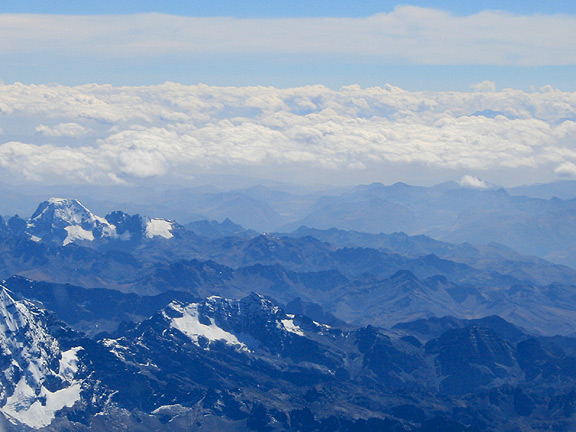
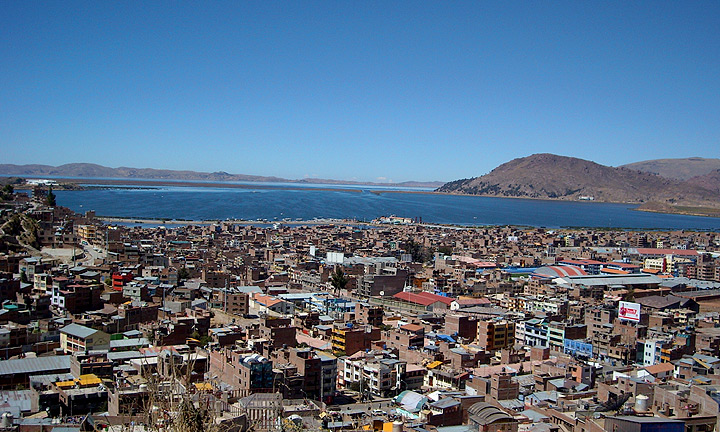
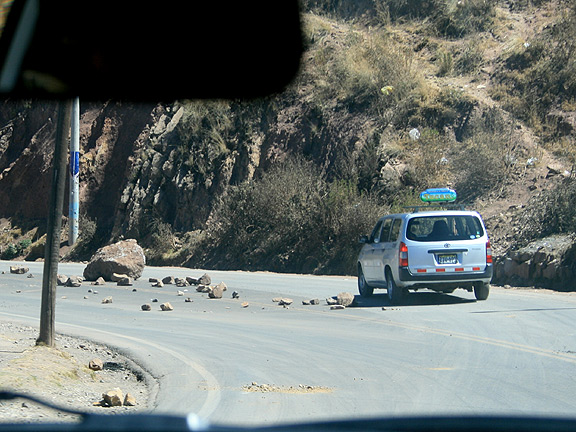
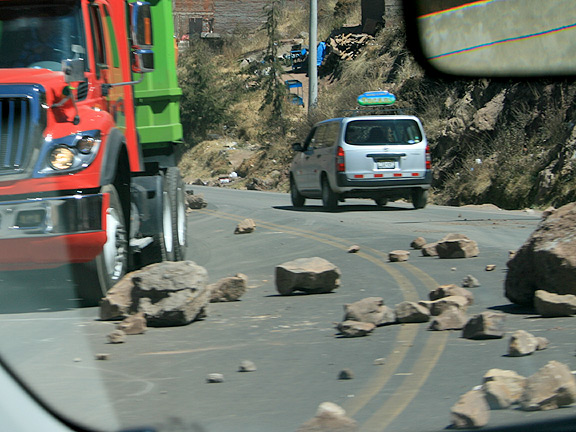
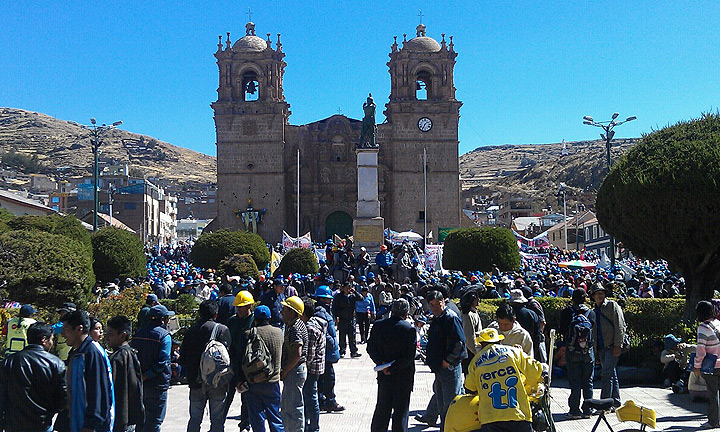
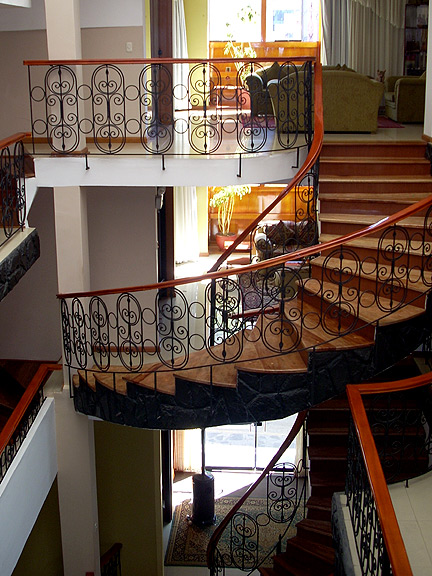
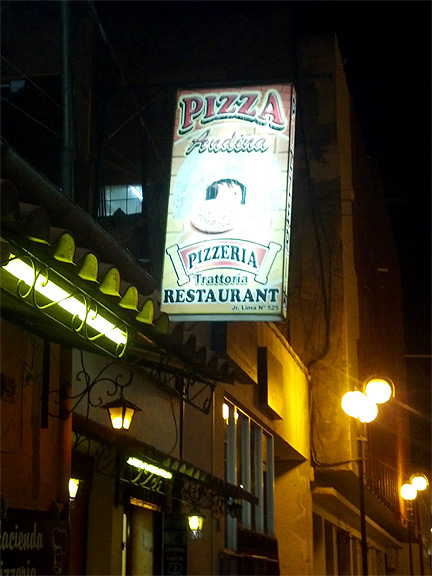
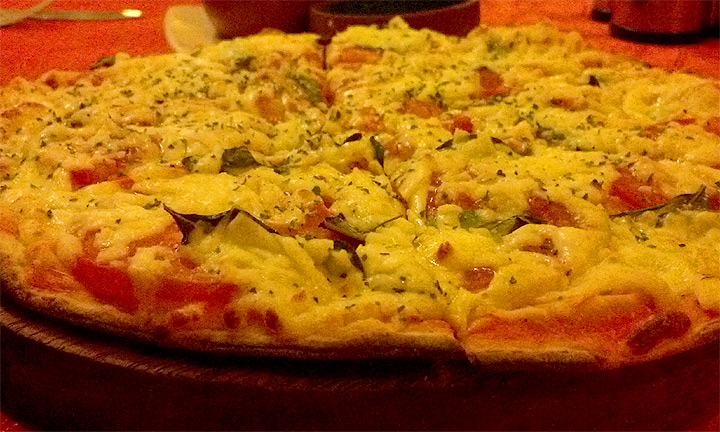

3 Comments:
That is one huge ass rock in the road!
classic experience in Puno! When my wife & I were there a few yrs ago
we got stuck in the city for 2 extra days becuase all the roads were
closed by the same boulders in your pics! Then it wasn't the miners but
the teachers protesting for higher wages (but I don't think there were
really any teachers with the protesters). Did you find a flightless grebe?
@anonymous: yeah it was pretty damn big.
@Bryan: Oh man, what a city. One article I read basically said that many of the people protesting don't actually know why they are protesting, and that they are just being told to do so down the line from people above them. It's no longer necessarily for a certain cause--but more a part of life for them now. As for the grebe... well, you'll have to check out the next post :)
Post a Comment
Subscribe to Post Comments [Atom]
<< Back to Previous